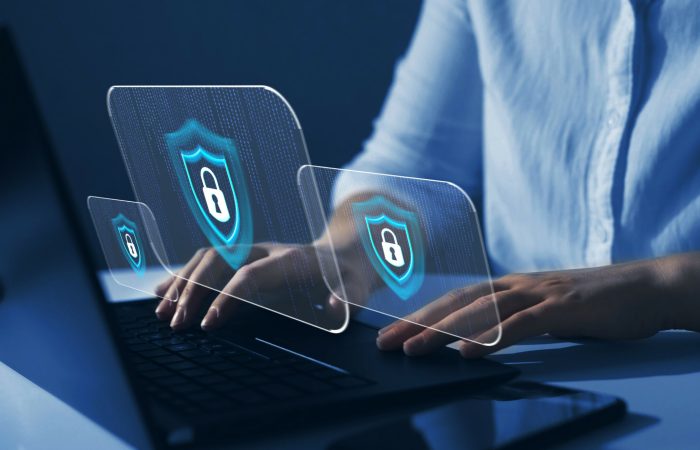The internet is a powerful tool that has revolutionized the way we do business, communicate, and access information. Unfortunately, it has also opened up a world of malicious activity, such as hacking and cyber-attacks. Keeping your website safe from hackers is essential to ensure that your data, customer information, and website remain secure. In this essay, we will discuss the steps you can take to protect your website from hackers and malicious attacks.
Step 1: Use a Secure Web Host
The first step in keeping your website safe from hackers is to choose a secure web host. A web host is a company that provides the technology and services needed to make your website accessible to the public. When choosing a web host, make sure to select one that provides reliable, secure hosting services. Look for features such as data encryption, firewalls, and malware detection.
Step 2: Keep Your Software Up to Date
Keeping your software up to date is essential for keeping your website safe from hackers. Hackers often target outdated software, as it can be more vulnerable to attack. Make sure to update your website’s software, such as the operating system, content management system (CMS), plugins, and themes, regularly.
Step 3: Secure Your Login Credentials
Securing your login credentials is also essential to keep your website safe from hackers. Make sure to create strong, unique passwords for each of your accounts, and change them regularly. You should also enable two-factor authentication, which requires an additional authentication step to log in.
Step 4: Use an SSL Certificate
An SSL (Secure Socket Layer) certificate is an encryption technology that helps protect data sent over the internet. It is essential for keeping your website safe from hackers, as it helps encrypt data, such as login credentials and financial information, sent over the internet. You should also consider using a content delivery network (CDN), which can help protect your website from distributed denial of service (DDoS) attacks.
Step 5: Monitor Your Website
Finally, it’s important to monitor your website regularly to look for signs of a potential attack. This can include monitoring your website’s logs, as well as scanning for malicious code or malware. You should also set up alerts to be notified if any suspicious activity is detected.
Keeping your website safe from hackers is essential for protecting your data, customer information, and website. By following the steps outlined above, such as using a secure web host, keeping your software up to date, securing your login credentials, using an SSL certificate, and monitoring your website, you can help ensure your website remains secure.
read more


